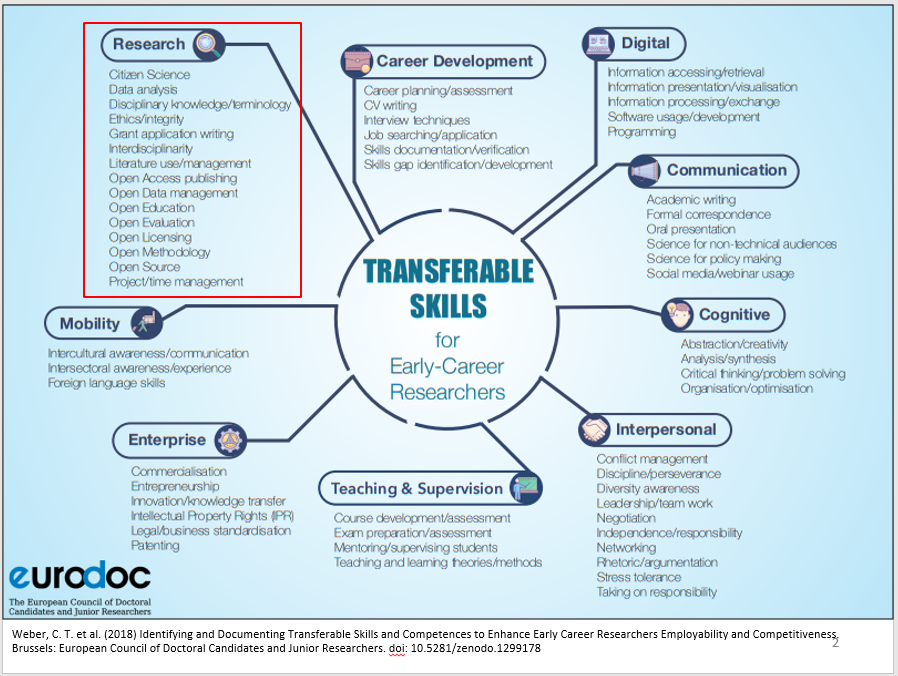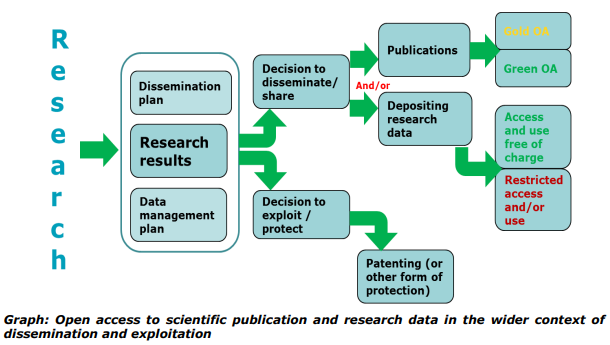Research Data Management and Publishing
Open science
The objective of Open Science is to make research open, global, creative and cooperation-based by using modern e-infrastructures.The concept of Open Science makes research more efficient and transparent, increases cooperation between researchers and between different realms of science, promotes innovation and is, thereby, beneficial to society as a whole.
From the Statutes of the University of Tartu in 1632, the Pledge of the graduate of the Faculty of Philosophy: “I, N. N., solemnly vow to avoid confusion, preaching and muddling when teaching my speciality. I will only present such knowledge which can be of most use to you in other Faculties as well as in your private life. God help me in doing it!”
To help the junior researchers of today to keep up with the new and changing paradigm of the world of science, and to benefit from it as much as possible, the University of Tartu Institute of Ecology and Earth Sciences, Natural History Museum and the University of Tartu Library cooperated to develop a course, which covers important stages and tools of research, starting from planning the work up to the publishing of results.
Having passed the following part of the course, you should be familiar with Open Science and Open Research Data. The course also discusses the life cycle of research data and the principles of drawing up the data management plan (DMP).
On 1 October 2018, the European Council of Doctoral Candidates and Junior Researchers (Eurodoc) published a report on key competencies, or, transferable skills, necessary for junior researchers. These are the competencies, skills and attitudes or their combinations that help the researchers to apply flexibly and purposefully their expertise and professional skills in different contexts.
More than a half of these skills are related to Open Science.

Open Science is a relatively new phenomenon and there are several different definitions, but essentially, it is a new approach to research, based on digital technology, cooperation and dissemination of knowledge in such a way which would be beneficial for other researchers, as well as for society as a whole.
Open Science can even be treated as a movement – it is a transition from concealment, secrecy and anonymity to openness, transparency and reproducibility.
Right now, researchers are waiting for evidence to confirm that Open Science will be beneficial for them. They will also need new knowledge about the matter and support from research politicians, the university and other relevant departments. Researchers have now to decide how to proceed, whether to adopt these new practices and participate in the changing of the culture of science.
Doctoral students and junior researchers most probably have no choice but to follow these practices. Therefore, it is essential for them to acquire the new knowledge and skills.
Some interpretations and definitions of Open Science follow, but in all of them, Open Science is supported by six pillars which are set on one and the same foundation, open licences.
The best-known among these pillars is, without doubt, Open Access to research articles and the related problem of peer-reviewing of articles, which ideally should develop into a discussion between experts and researchers.
During this course we will pay most attention to research data, and discuss thoroughly the open methods and open source code software.
To keep Open Science legally correct, it is necessary to observe all relevant laws, such as the copyright act, and to allow others to use your research results by supplying them with clear licences.
The course will help and support you in understanding and practicing open science.

According to Wikipedia the exact phrase “Open Science” was coined by Steve Mann in 1998.
Open Science is defined by EU funded e-learning environment FOSTER like this:
The practice of science in such a way that others can collaborate and contribute, where research data, lab notes and other research processes are freely available, under terms that enable reuse, redistribution and reproduction of the research and its underlying data and methods.
The aim of open science is to make research open, creative and collaborative, using modern ICT tools.
Kamila Markram is an enthusiastic advocate of Open Science, a neuroscientist (EPFL Lausanne) and the creator and developer of the Open Science platform Frontiers. In 2017, she reached the final round of the competition for women innovators.
[[{“fid”:”34370″,”view_mode”:”default”,”type”:”media”,”attributes”:{“height”:”315″,”width”:”560″,”style”:”background-color: rgb(255, 255, 255); color: rgb(86, 86, 86); font-family: “Open Sans”, sans-serif; font-size: 14px; display: block; margin-left: auto; margin-right: auto; text-align: justify;”,”class”:”wysiwyg-placeholder media-element file-default”}}]]
Kamila Markram, TEDx Talks 2017: Open Science can save the planet
The commonly known definitions of Open Science mainly emphasise two elements – Open Access to research articles and Open Data:
Open science is the idea that scientific knowledge of all kinds should be openly shared as early as is practical in the discovery process
Nielsen M. An informal definition of OpenScience | The OpenScience Project [Internet]. [cited 26.07.2018]. Available from: http://www.openscience.org/blog/?p=454
OECD definition:
to make the primary outputs of publicly funded research results – publications and the research data – publicly accessible in digital format with no or minimal restriction (OECD, 2015:7)

This course focuses on the management and publication of research data. In addition to that, we shall also briefly discuss other components of Open Science.


